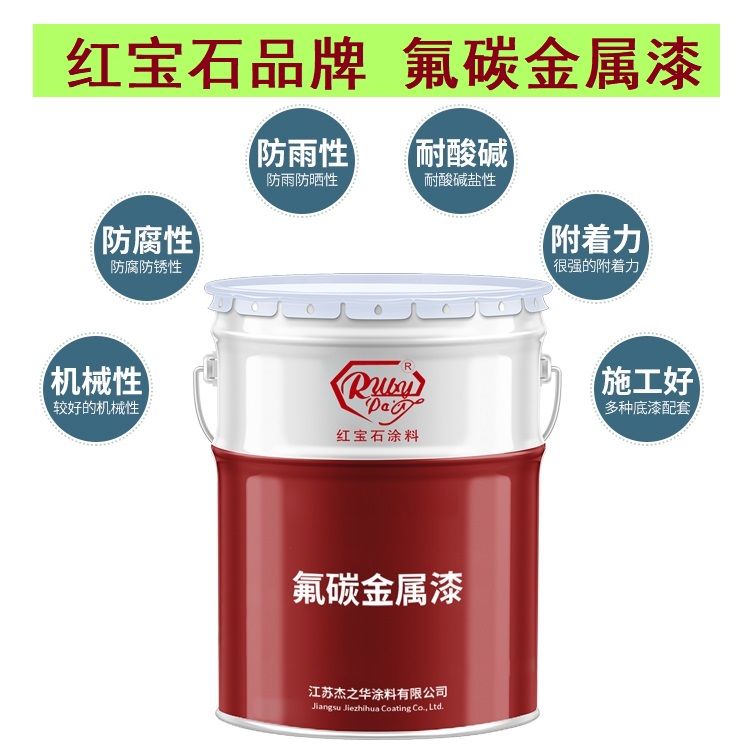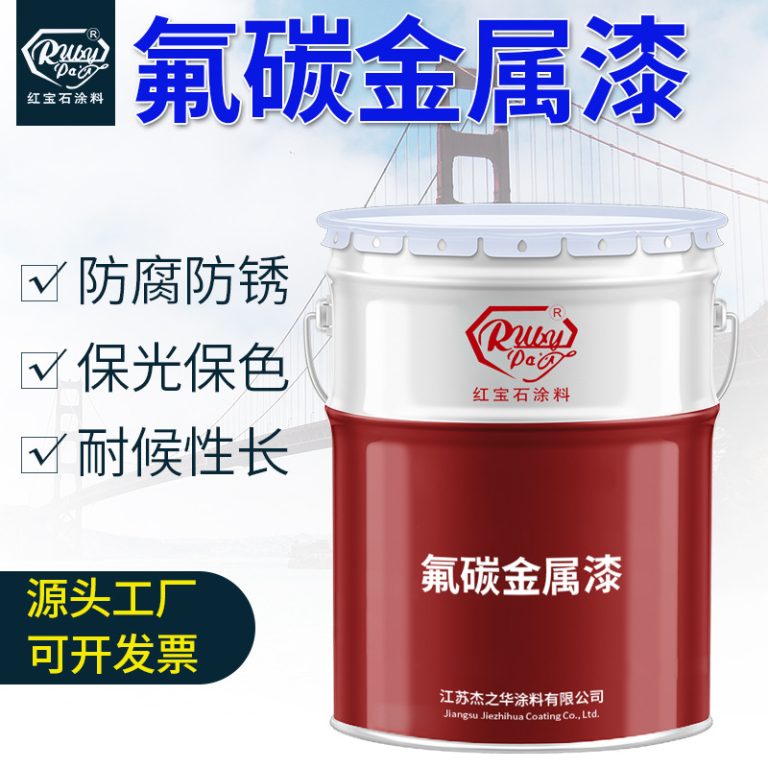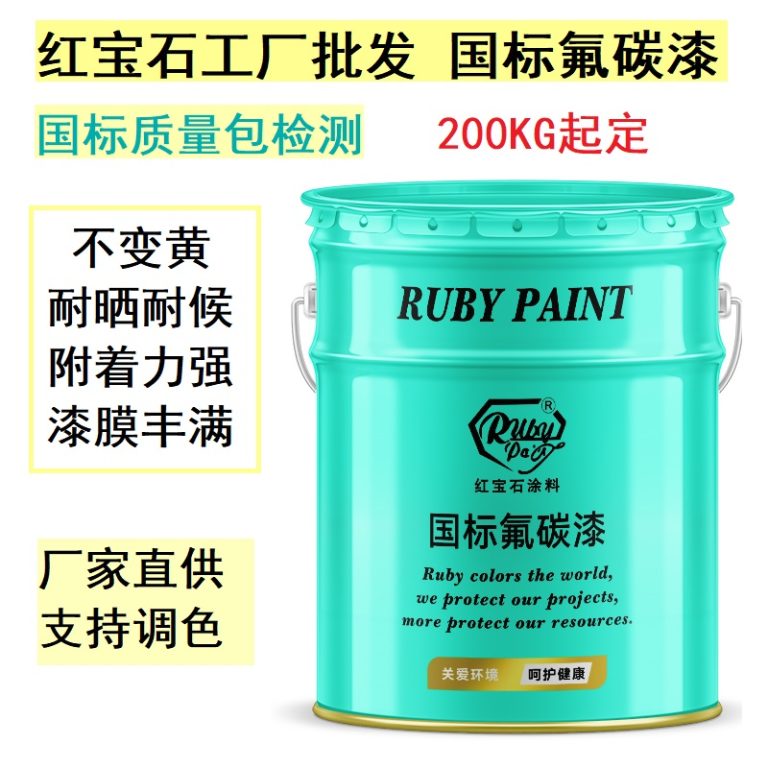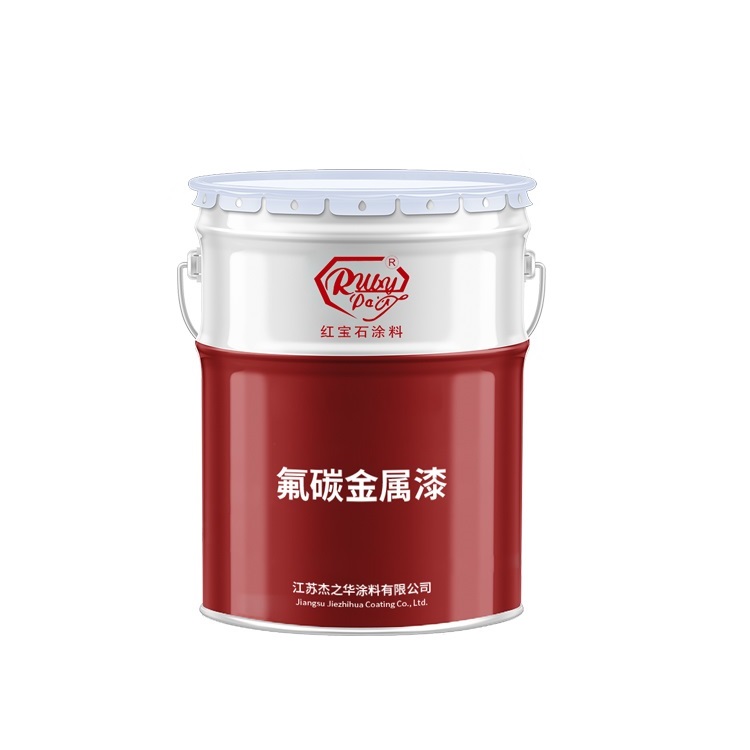Table of Contents
Benefits Of Using Alkyd Paint Primer For Interior And Exterior Surfaces
Alkyd paint primer is a versatile and durable option for both interior and exterior surfaces, offering numerous benefits that make it a popular choice among homeowners and professionals alike. This type of primer is formulated with synthetic resin, which provides a strong and resilient foundation for topcoats of paint. By using alkyd paint primer, individuals can ensure a smoother and more uniform finish, enhancing the overall appearance of their painted surfaces.
One of the primary advantages of alkyd paint primer is its exceptional adhesion properties. This primer is designed to adhere well to a variety of surfaces, including wood, metal, and previously painted areas. This strong adhesion helps to prevent peeling and flaking of the topcoat, ensuring a long-lasting and attractive finish. Additionally, alkyd paint primer is effective in sealing porous surfaces, such as new wood, which can absorb paint unevenly. By sealing these surfaces, the primer promotes even paint distribution and reduces the number of coats needed, ultimately saving time and money.
Furthermore, alkyd paint primer is known for its superior stain-blocking capabilities. It effectively seals in stains from water, smoke, and other sources, preventing them from bleeding through the topcoat. This is particularly beneficial for interior surfaces, where stains can be unsightly and difficult to cover. By using alkyd paint primer, homeowners can achieve a clean and consistent finish, free from any underlying blemishes.
In addition to its functional benefits, alkyd paint primer also enhances the durability of the paint job. It provides a tough and protective barrier that can withstand harsh weather conditions, making it an ideal choice for exterior surfaces. The primer helps to protect the underlying surface from moisture, UV rays, and other environmental factors that can cause damage over time. As a result, surfaces primed with alkyd paint are less likely to experience fading, cracking, or other forms of deterioration, extending the lifespan of the paint job.
Moreover, alkyd paint primer offers excellent coverage, which can be particularly useful when dealing with dark or vibrant colors. It helps to mask the original color of the surface, creating a neutral base that allows the true color of the topcoat to shine through. This can be especially important when making dramatic color changes, as it ensures that the new color is vivid and consistent, without being influenced by the previous hue.
Despite its many benefits, it is important to note that alkyd paint primer does have some limitations. It tends to have a stronger odor compared to other types of primers, such as latex, and may require more ventilation during application. Additionally, alkyd paint primer can take longer to dry, which may extend the overall painting process. However, for those who prioritize durability and performance, the advantages of alkyd paint primer often outweigh these minor drawbacks.

In conclusion, alkyd paint primer is a highly effective and reliable option for both interior and exterior surfaces. Its strong adhesion, stain-blocking properties, and ability to enhance durability make it a valuable tool in achieving a professional-quality paint job. Whether you are a homeowner looking to refresh your living space or a professional seeking a dependable primer, alkyd paint primer is an excellent choice that can help ensure beautiful and long-lasting results.
Comparing Alkyd Paint Primer With Other Types Of Primers: Which Is Best For Your Project?
Alkyd paint primer is a popular choice for many painting projects due to its durability and versatility. It is an oil-based primer that provides excellent adhesion and stain-blocking properties, making it ideal for use on a variety of surfaces, including wood, metal, and previously painted surfaces. However, when deciding on the best primer for your project, it is important to consider the specific needs of your project and compare alkyd paint primer with other types of primers available on the market.
One of the main advantages of alkyd paint primer is its ability to penetrate and seal porous surfaces, such as wood. This helps to create a smooth and even surface for the topcoat of paint, resulting in a professional-looking finish. Additionally, alkyd paint primer is highly effective at blocking stains, such as water marks, smoke damage, and tannin bleed from wood. This makes it an excellent choice for restoration projects or areas that are prone to staining.
However, alkyd paint primer does have some drawbacks. One of the main disadvantages is its slow drying time. Alkyd paint primer can take up to 24 hours to dry, which can be inconvenient for projects that require multiple coats of paint or need to be completed quickly. Additionally, alkyd paint primer has a strong odor and releases volatile organic compounds (VOCs) into the air, which can be harmful to both the environment and human health.
| No. | Commodity Name |
| 1 | Industrial paint |
In contrast, water-based primers, such as latex or acrylic primers, offer a faster drying time and lower VOC emissions. These primers are also easier to clean up, as they can be washed off with soap and water. However, water-based primers may not provide the same level of adhesion and stain-blocking properties as alkyd paint primer, making them less suitable for certain projects.
| Serial Serial Number | Commodity Name |
| 1 | Epoxy Zinc rich paint |
Another alternative to alkyd paint primer is shellac-based primer. Shellac-based primer is known for its exceptional stain-blocking abilities and can be used on a wide range of surfaces, including wood, metal, and plaster. It also dries quickly, typically within an hour, and has a low odor. However, shellac-based primer is not as versatile as alkyd paint primer, as it is not suitable for use on surfaces that will be exposed to moisture or high humidity.
Ultimately, the best primer for your project will depend on the specific requirements of your project and the type of surface you are working with. If you need a primer that provides excellent adhesion and stain-blocking properties, alkyd paint primer may be the best choice. However, if you are looking for a primer with a faster drying time and lower VOC emissions, a water-based or shellac-based primer may be more suitable.
In conclusion, when comparing alkyd paint primer with other types of primers, it is important to consider the specific needs of your project and the advantages and disadvantages of each type of primer. By carefully evaluating the properties of each primer and how they align with your project requirements, you can make an informed decision and achieve the best possible results for your painting project.





